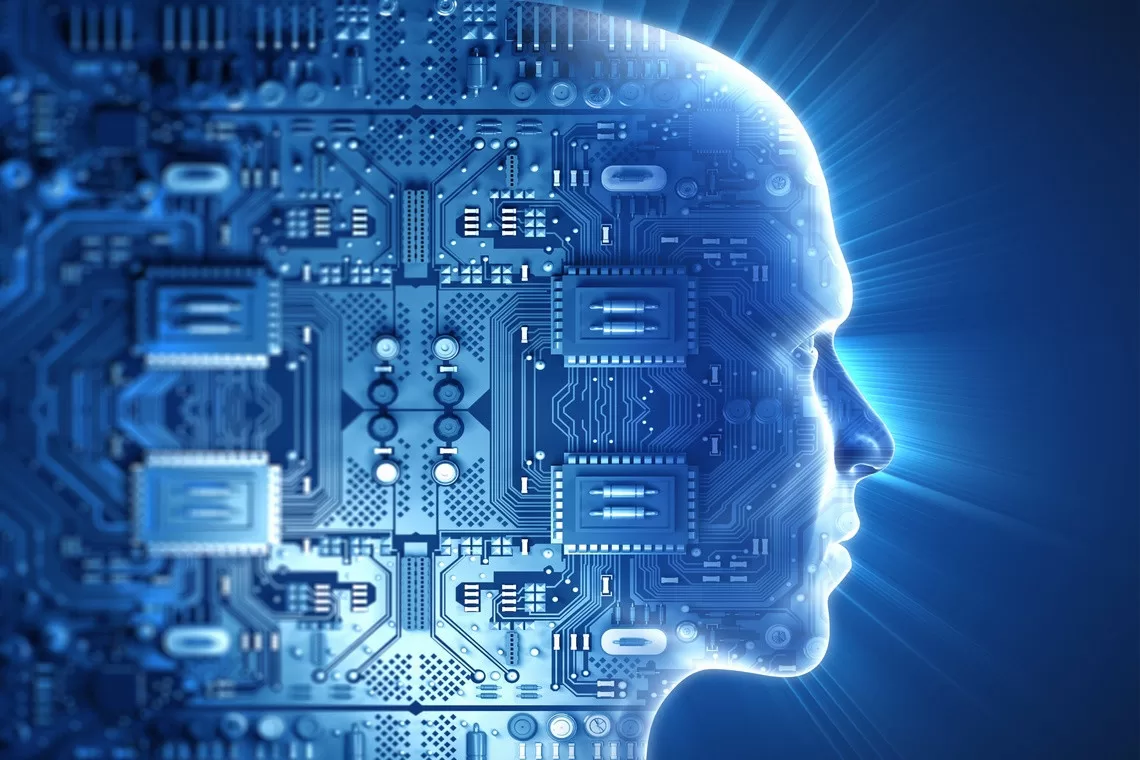Mining has traditionally been a difficult and dangerous industry. However, new technologies are allowing mines to become smarter and safer. Smart mining uses digital technologies like automation, robotics, Internet of Things (IoT) sensors, analytics and more to improve operations. Some of the key technologies enabling smart mining include:
Automation and Remote Operation
One of the major focuses of smart mining is increasing automation and allowing operations to be controlled remotely. This helps reduce the number of workers in hazardous underground environments. Smart Mining companies are using automated drills, loaders and haulers that can work without human intervention. Sensors allow these machines to navigate tunnels and worksites autonomously. Remote operation centers allow workers to monitor and control equipment from safe above-ground locations. This helps improve safety by removing people from risky areas.
Robotics and Drones
Robots are also being widely adopted for tasks like tunnelling, maintenance and infrastructure inspection. Robotics help deal with challenging conditions underground like small tight spaces. Drones equipped with cameras and sensors are used for aerial surveying and stockpile management. Robotics and drones collect vast amounts of visual data that provides insights for planning and optimization. They help inspect worksites without endangering human workers.
Internet of Things (IoT) Sensors
Smart mining leverages hundreds or even thousands of IoT sensors all around a mine site. Sensors monitor equipment, infrastructure, geology and the local environment continuously. They measure things like air quality, noise levels, vibration, equipment usage times and more. This real-time sensory data streams back to centralized control centers and data platforms. Analytics on this data helps optimize operations, predict issues and improve overall efficiency.
3D Modelling and Simulation
Advanced 3D modeling software allows mines to create ultra-detailed digital twins of entire operations. These digital replicas mirror the physical site in high-fidelity. Miners can use the model to simulate different operational scenarios, test ideas, and plan mining sequences safely. Simulation helps reduce risk and costs by ironing out problems virtually before executing changes on the ground. It is a valuable planning and decision making tool.
Blockchain for Supply Chain Management
Blockchain, the technology behind cryptocurrencies, also has applications in mining for tracking materials. A blockchain acts as a shared, immutable ledger that can record the origin and certification of mined minerals and metals. This allows tracking materials throughout the entire supply chain from mine to customer. It builds transparency and ensures ethical sourcing, which is important for industries like renewable energy with sustainability requirements.
Artificial Intelligence and Analytics
Powerful AI and machine learning algorithms are helping to make sense of massive volumes of data from different sources across mines. Modeling tools use these techniques to recognize patterns, enable prediction of equipment failure or unplanned downtime. AI assistants even help schedule maintenance. Analytics provide key performance indicators and benchmarks to optimize processes continuously and boost efficiency. Over time, AI systems learn and improve based on actual site conditions and behaviors.
Augmented and Virtual Reality
AR and VR solutions improve worker training and readiness. Using these technologies, companies can simulate hazardous situations and train personnel effectively without risks. Virtual reality systems also enable remote expert assistance anywhere on site. AR overlays real-time data and work instructions directly onto the worker’s field of view. This hands-free information access helps improve productivity, especially for maintenance tasks.
Data Management and Integration
However, leveraging all these technologies requires efficient data management strategies. The variety of IoT sensors, equipment systems, software tools and more results in data silos that are difficult to integrate. Smart mining demands central data platforms that can aggregate all sources seamlessly. This “single source of truth” enables real-time visibility and control across operations. Miners also need robust edge computing capabilities and high-speed networks to transfer huge data volumes effectively.
Environmental Monitoring and Reporting
Meeting stringent emission regulations and staying accountable is crucial today. Smart systems closely track environmental impact with sensors monitoring air/water quality, noise levels etc. GIS mapping visualizes this data and identifies hotspots requiring corrective actions. Reports provide transparency about compliance to authorities and local communities. Sustainable practices promote better relations and social acceptance vital for long-term mining contracts.
Challenges in Implementing Smart Mining Technologies
While new digital technologies promise many benefits, successfully implementing them faces challenges:
– Legacy infrastructure cannot always support advanced new systems requiring high capacities. Upgrades require large capital investments.
– Skills shortage as specialized expertise is needed to deploy,integrate and maintain different technologies optimally at scale.
– Data security is a concern as sites hold commercially sensitive operational and geological information attractive to competitors or bad actors.
– Ensuring ROI on investments which can have long payback periods compared to traditional mining practices.
– Change management as transforming entire operations to smart models impacts roles and requires reshaping organizational culture.
To fully realize smart mining’s potential, companies must overcome adoption hurdles through focused strategies, partnerships and training programs. Mining remains a complex industry where technology alone does not guarantee success – smart deployment and change readiness are equally crucial.



